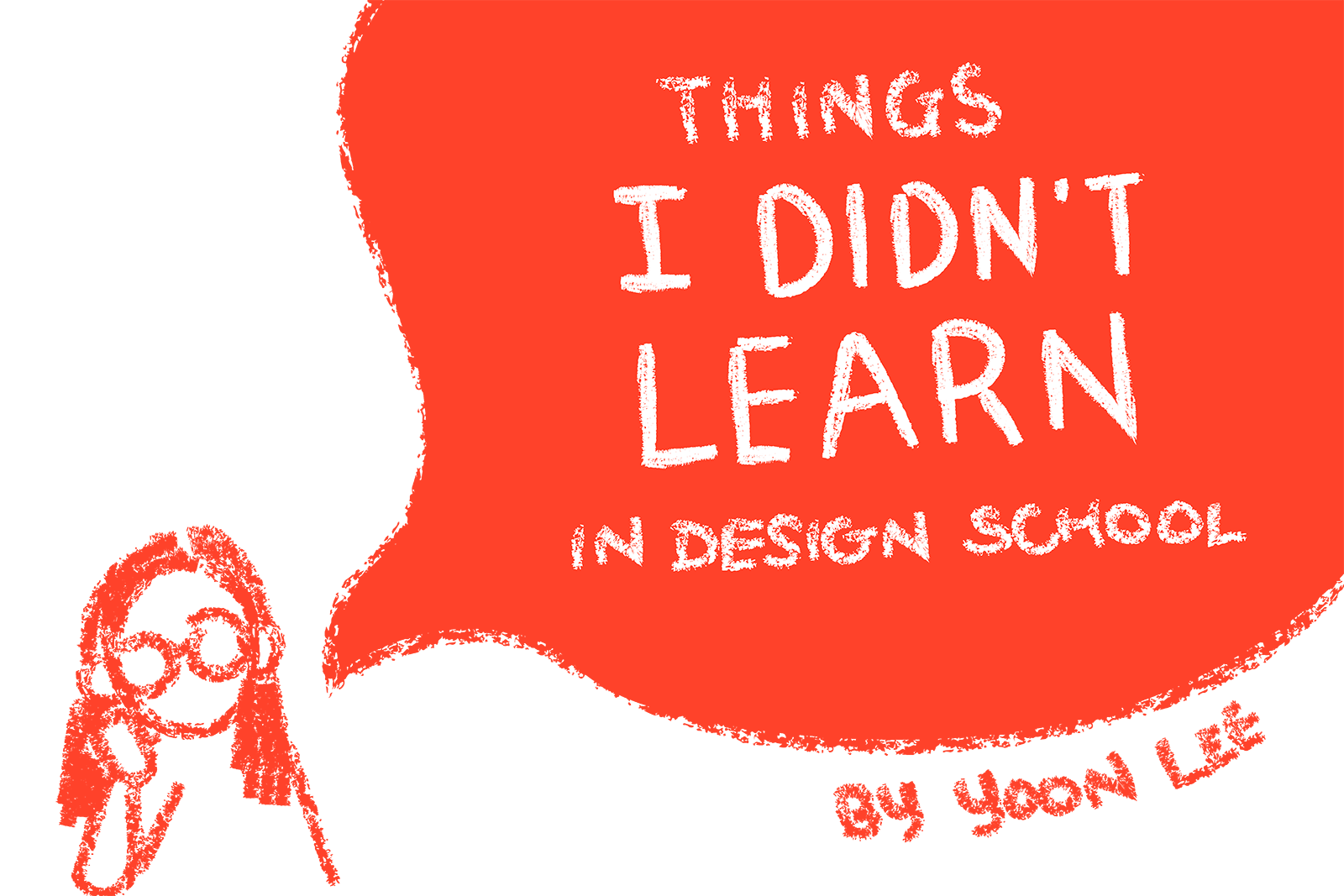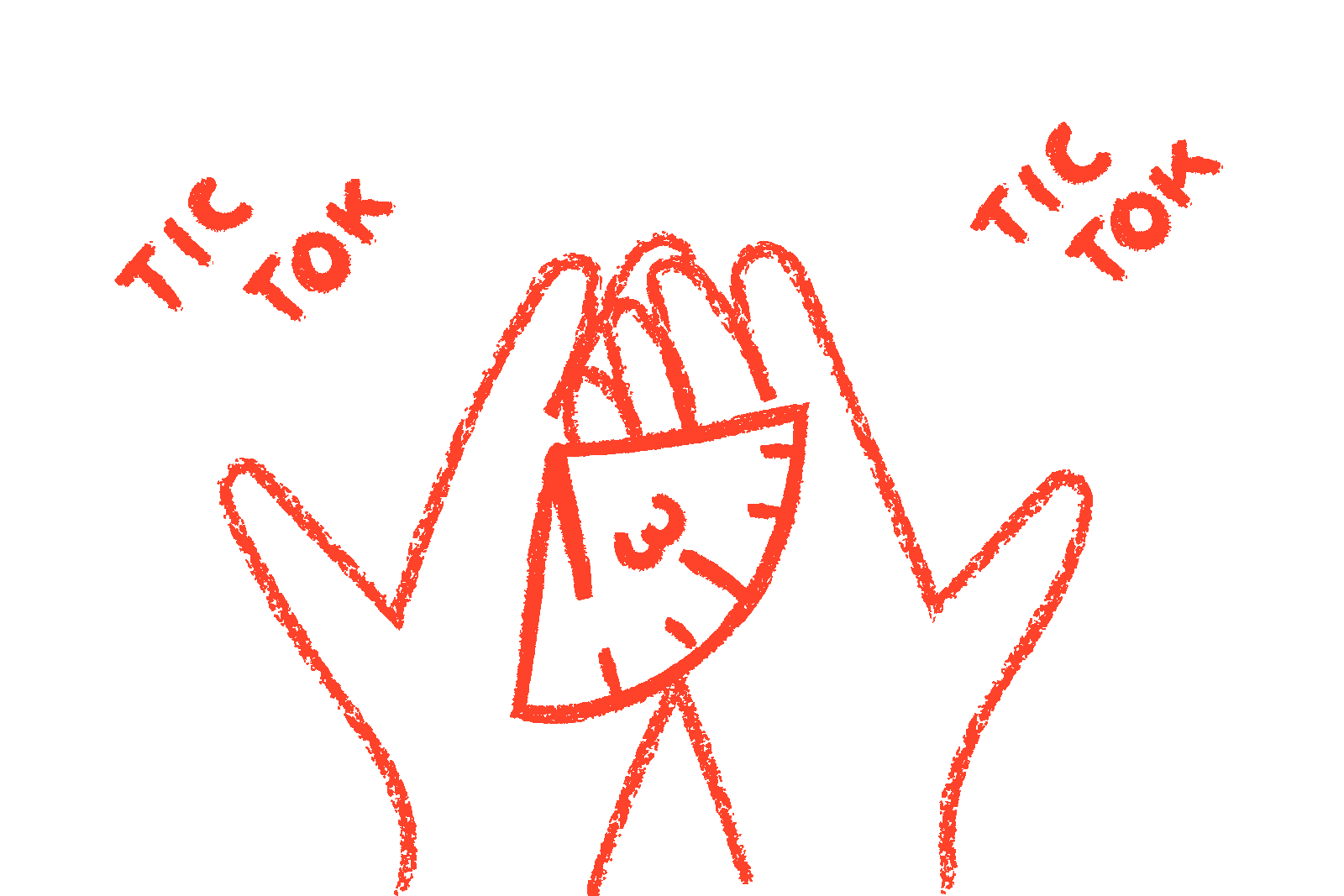
The best decision I’ve ever made was going to design school. Surrounded by talent, designer friends, and inspiring instructors, I was able to improve more than I could have ever imagined. After four years of amazing time in school, I received several job offers after our graduate portfolio show, and ended up working at a digital experience agency: gskinner.
Until the moment I started work, I thought I knew pretty much everything to succeed professionally, and there was no doubt in my naïve mind I would soon become “the SUPERSTAR” designer of the company. But I found the reality to be quite different from what I imagined. Transitioning from school to a professional work environment, I felt ill-equipped as there were many things I hadn’t been exposed to at school. It was like being thrown in the middle of the ocean and having to learn how to swim all over again.
For those who haven’t plunged into the professional world yet, I came up with three important lessons learned while being at the job. They are based on my personal experiences as a graphic designer, working in the field of digital design. I hope they will give you an opportunity to reflect on your skills and attitudes as a designer, and help ease your transition into a professional role.
Learn how to work within a time budget
While in school, I never had to rush myself to finish everything in class. No one really cared how much time I spent to complete my work, as long as I was able to meet the deadline. But it’s different in the professional world — I have to achieve results in an average of 8 hours a day. During the first month, I was overwhelmed with anxiety, and felt I would not be able to finish the given tasks in time allotted. There is nothing more stressful than doing creative work while your anxiety is through the roof. Here are some tips how I’ve become more comfortable with the industry’s quick turnarounds:
- Clarify expectations on your role. To help make effective use of your time, it is important to have a clear understanding of your responsibility. Always discuss what is expected of each other with your team, and make sure you all have a shared understanding of those expectations. It helps to document them.
- Break complex projects down into smaller tasks. It is much easier to manage an entire project when you break it down into individual steps. Write them as smaller action steps instead of vague phrases like ‘complete everything by Friday’.
- Know your tools well. You can speed up your workflow by understanding your tools well. Learn how to use keyboard shortcuts and keep yourself up-to-date with all the features of your tools.
Be familiar with the development process
Often, we, as designers, are secretly afraid of code. When I was in school, I brainwashed myself into believing a designer’s job was solely being good at design. However, designers and developers work closely at many modern-day agencies like gskinner. To facilitate smooth communication with developers, I had to learn their language and understand their job as well. This is what you will have to learn — especially if you want to work in the field of digital design. Learning new skills outside your school training can be uncomfortable and foreign, but you will find yourself growing and benefiting from the uneasiness. Here are my tips that will make for better communication between you and the developer:
- Have a basic understanding of HTML and CSS. By doing so, you can properly understand the needs of the developers. Communication within your team will be much easier when you have a better sense of how the development process works.
- Learn how to make a successful design hand-off. Your design files should be clean enough to hand over with little-to-no explanation. gskinner has their own system for the process in place to ensure flawless team alignment between designers and developers. This article will help you to get a better sense of what I am talking about.
Your goal as a new designer should be to grow, not show off
When I was done with school, I felt confident as a designer. I couldn’t be more excited about giving myself over to the professional world around that time, however; my positive mood rapidly fell as I started working. I felt overwhelmingly underprepared to deal with the real world. I felt frustrated with myself for not being able to answer every question.
Naturally, this will happen to every new grad. No one would expect you to know everything from the beginning. Instead, demonstrate your ability to grow. Showing that you are ready, willing, and able to learn is much more valuable than showing off your credentials. Here are helpful tips on how you can continue to grow as a young designer after school.
- Find a healthy environment you can learn. This is the biggest reason why I came to gskinner. Part of my job now is to spend time every week exploring things I am interested in, and apply them to new skill sets. This keeps learning interesting, and allows me to continue growing as a designer. Make sure you start in a company where they value your personal development.
- Don’t be afraid to ask questions. Don’t fear appearing stupid if you ask a lot of questions. Asking questions is the quickest way to learn, and most people in our industry are eager to share their skills and knowledge.
- Readers make leaders. Things are changing rapidly in our industry and it is important to keep up with the current trends if you don’t want to be left behind. Every morning we set aside time to read and share interesting articles and blogs before we start the day. Doing this keeps us updated and accountable with developments and changes in the industry.
My first month at gskinner was a headfirst dive into the professional world. I constantly doubted my abilities, questioned if this job was a right fit for me, and struggled every day with things unfamiliar to me. Now, after my third month at gskinner, I’m starting to find my feet, and am comfortable admitting to myself that there is no such thing as a perfect designer.
The most important lesson I want to stress is to stay humble and have the willingness to learn. If you have not graduated or interned yet, this blog post can be your guide and a cheat sheet. I hope my advice is helpful for those of you who will soon be stepping into your dream career.

Thanks for sharing!
It’s kind of ‘reassuring’ that the difficulties and the strategies on how to manage them are the same all over the world and in the most various contexts.
The most important thing one can learn in school is, in fact, how to learn things and make correlation from different skill’s set and behaviors.
Enjoy the ride … and thanks for sharing!